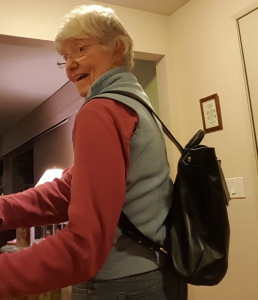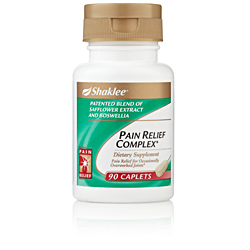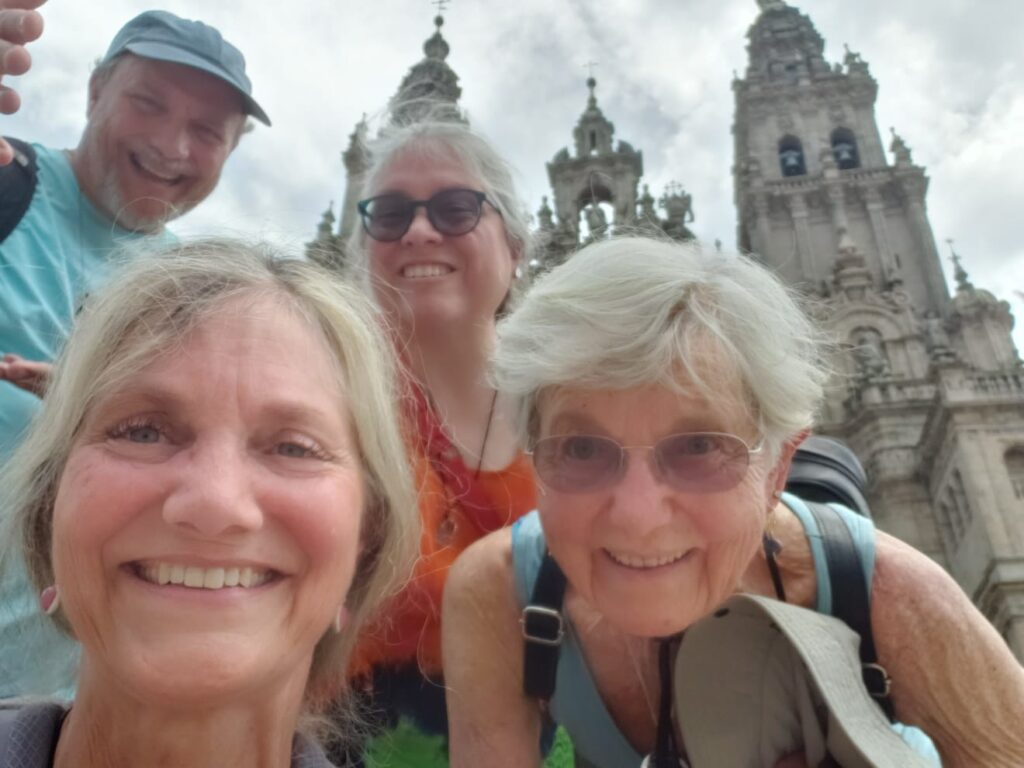
Eighty-five miles of walking on sections of El Camino de Santiago, a spiritual pilgrimage across Spain. Seekers have been making this journey since the 9th century. I’ll turn 85 in a few days (August 2nd). I am full of gratitude for a body that functions, for family who joined and supported me, for the wherewithal to make such a trip, for my Ground of Being and how connected to the Universal Christ I felt as I put one foot in front of the other.
And all this with the clothes I wore as I left Seattle plus a second set I bought to make the trip possible without my suitcase and all the carefully packed items in it, including my supplements.
I believed I would die if I stopped taking my Shaklee. Turns out I didn’t.
I did go to a pharmacy for some immune support, some joint support, some energy support (ginseng), and some muscle support (magnesium). I also bought some pain relief. Apparently, it takes longer then three weeks to break down when you are at an optimal level of fitness!
What is the optimal level of fitness? It may come from supplementing your diet…
Most people today believe that taking supplements will fill nutritional gaps and optimize their health. The first step you should take in the quest to obtain an optimum nutritional level is to include a complete, high-quality multivitamin and multimineral product like Vita-Lea, Vitalizer or Life Strip in your daily regimen. Once you take steps to correct any nutritional shortfalls, you can expect these great results:
1) Improved body function. Your entire system will begin functioning more normally and you’ll feel better.
2) Your weight will start to normalize. Once your organs are functioning better, your metabolism will stabilize, you’ll feel more like exercising, and your weight will even out naturally.
3) Stress will lessen. Good nutrition calms your nerve endings and enables you to handle stress more easily.
4) Your immunity will toughen. Your body will be able to ward off bacteria, viruses, parasites, and many diseases.
5) You’ll live longer. Especially if you take Vivix, damaged DNA will be repaired, slowing down aging.
6) And of course… you’ll look younger, healthier, and better because… your nutrition is showing!
Long days in the beating sun without Shaklee’s Sunblock SPF 30
I bought a tube of SPF 50 (and I wore a 36-inch span umbrella on my head!) Here I am with my daughter and son-in-law, the Atlantic Ocean behind us, Finesterre, Spain.
How did I decide the level of SPF protection I wanted? I knew these facts from Shaklee scientists.
Understanding SPF…
Florida dermatologist and American Academy of Dermatology (AAD) spokesman James M. Spencer, MD, says, “It is logical for someone to think that an SPF of 30 is twice as good as an SPF of 15, and so on, but that is not how it works.” According to Spencer, an SPF 15 product blocks about 94% of UVB rays, an SPF 30 product blocks 97%, and an SPF 45 product blocks about 98% of rays. “After that, it just gets silly,” he says.
A big problem with the sun care industry is that in their attempt to provide higher SPF levels, they have had to increase the chemical compounds in sunscreen to allow prolonged safe exposure to the sun’s rays.
By combining safe UVA and UVB sunscreen agents with the patented antioxidant protection of Vital Repair+, Shaklee SPF 30 for the Body provides unique, non-irritating, and extremely effective sun protection. Designed for all skin types, including the most sensitive skin, this patented, water-resistant, oil-free sunscreen smoothes easily into your skin and absorbs quickly, without leaving a sticky residue. Soothing and moisturizing, it does not irritate the skin. Triple-patented Vital-Repair+ Complex contains antioxidant vitamins and botanicals. The formula offers broad spectrum protection and adds an extra defense against premature skin aging.
For the first time in years, I came home from a sunny locale tanned. I’ll be seeing my dermatologist soon as he just removed a melanoma a couple of months ago.

Why not try the Shaklee version of sunblock? It is Water resistant (80 minutes), Designed not to clog pores, 100% fragrance and paraben free, Allergy tested, Clinically formulated, Dermatologist tested, Patented sensitive-skin formula, Not tested on animals. A little goes a long way. Worth the price!
Oh, my aching knees! And no Pain Relief Complex.
I found some liquid pain relief that worked pretty well. In fact, I only needed one or two servings a day to keep all the joints quiet and functional. Normally, I take a Pain Relief Complex every morning and every evening and occasionally during the day. I carry a couple of tablets with me when I hike. It was important to find something that would allow pain-free hiking, if possible, and not do too much stomach damage. I was glad to get home to my Pain Relief so I didn’t have to rely on medication. Here’s what I was missing:
When joint pain hits, crippling your ability to continue daily activities, try Shaklee Pain Relief Complex… a natural botanical solution that is effective, fast-acting, and works synergistically with Joint & Muscle Pain Cream. Pain Relief contains glucosamine, plant based, glucosamine hydrochloride, Boswellia, zinc, copper, manganese, and vitamin C.
Boswellia serrate tree provides a botanical extract that contains boswellic acids that inhibit chemicals produced by the body that attack joint tissue and contribute to joint discomfort. It relieves pain and discomfort in joints caused by overexertion and promotes flexibility and overall comfortable movement.
I didn’t take Pain Cream either.
I do like to use it when soreness is acute.
The pain we are talking about results from over-exertion. If I’d had some rub-in Pain Cream, I would have had the benefit of a fast-absorbing, menthol-rich formula that targets muscle and joint discomfort to provide quick, long-lasting relief. In addition to the natural anesthetic properties of menthol (derived from peppermint oil), Joint & Muscle Pain Cream contains a proprietary blend of clinically proven natural ingredients, including sweet almonds and aloe vera. Joint & Muscle Pain Cream utilizes a unique patented liposome delivery system that ensures that the ingredients penetrate the skin quickly for prolonged release action and optimum dosage. I would have used it for joint pain in my wrist, ankle, knee, elbow, and hip; my back, neck, and shoulders. This is not to say that I was having pain in all these places. But perhaps you have experienced pain in these joints.
Wouldn’t it be wonderful to have a tube of Muscle and Joint Pain Cream on hand? Order some today.
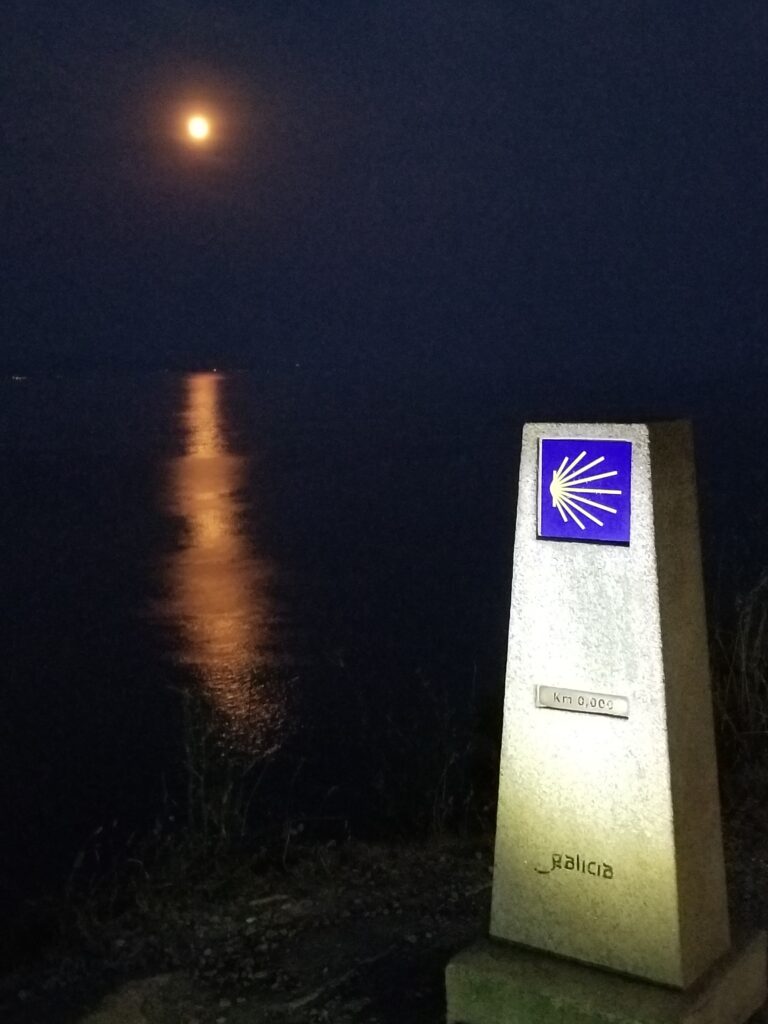
We made it to the End of the World.
The last day (July 12th), the full moon rose over the most western edge of Spain, once thought to be the end of the known world. Beyond the horizon, sea monsters pulled a wayward ship into the deep. What a thrill to complete this walk, not all 500 miles, but a goodly number.
Be well, Do well, and Keep Moving, Betsy
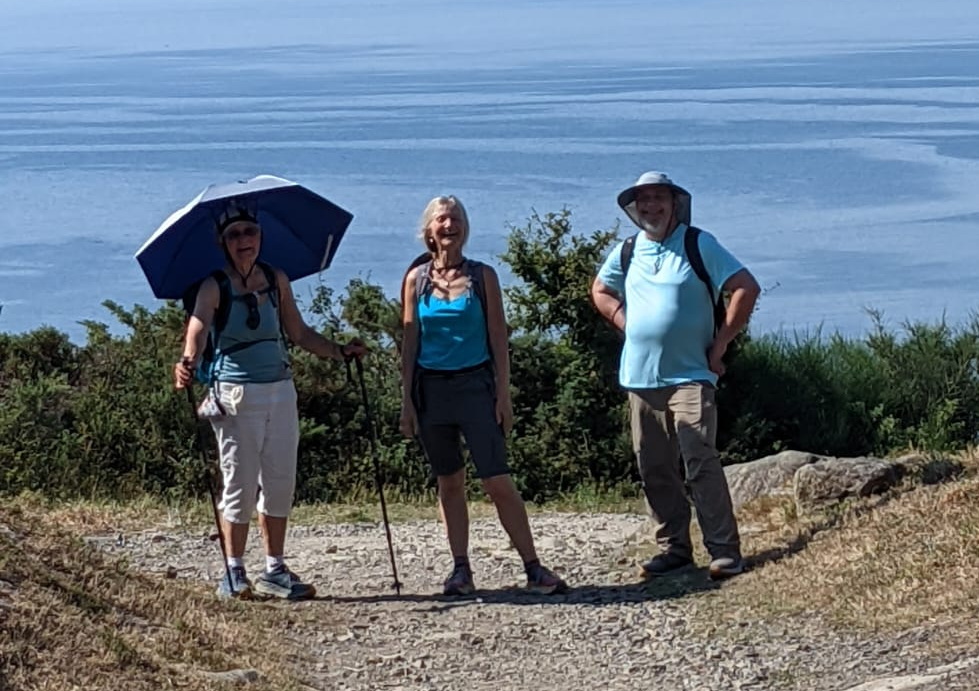
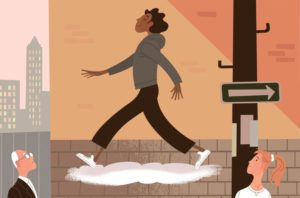 Thanks to
Thanks to 